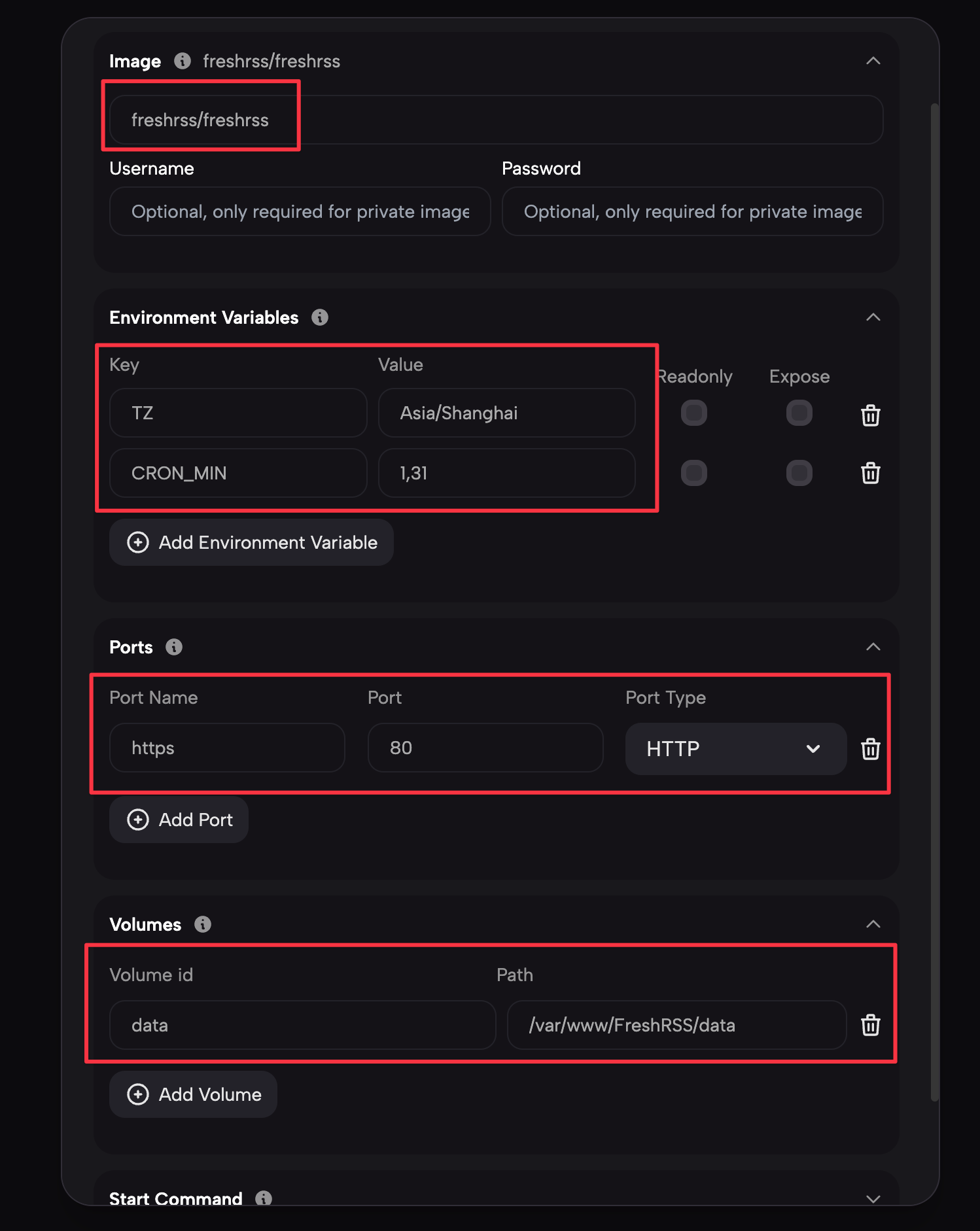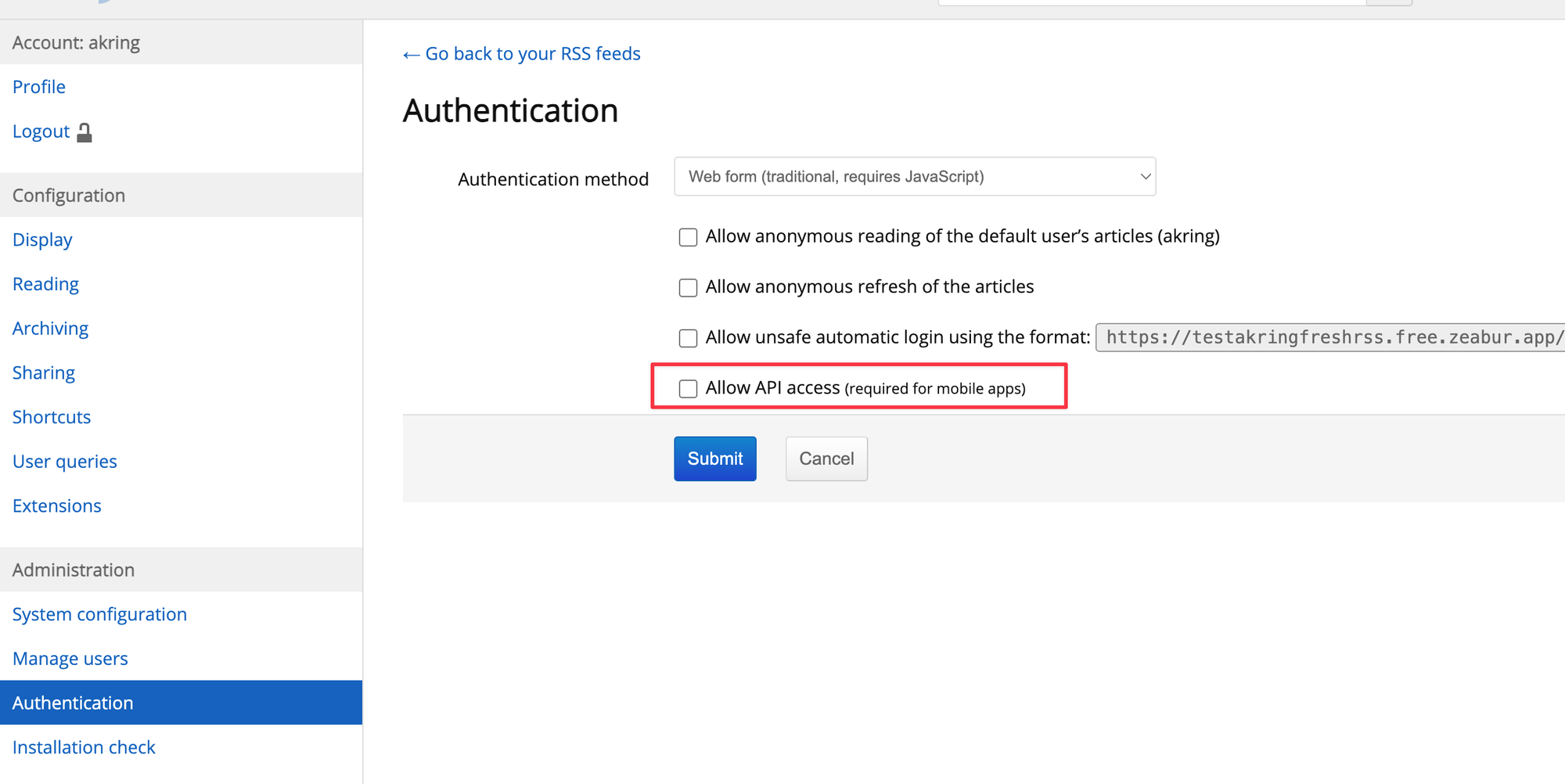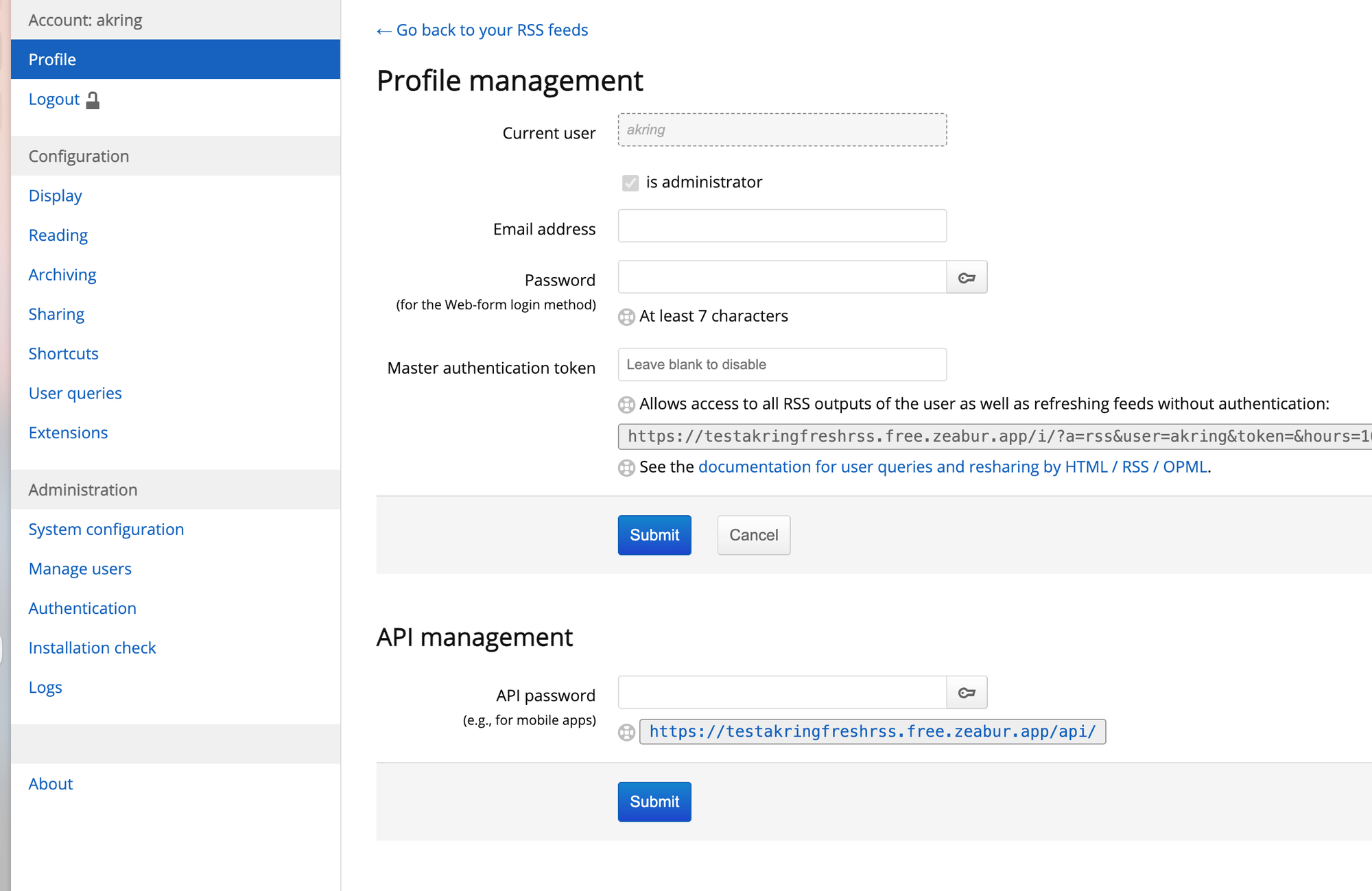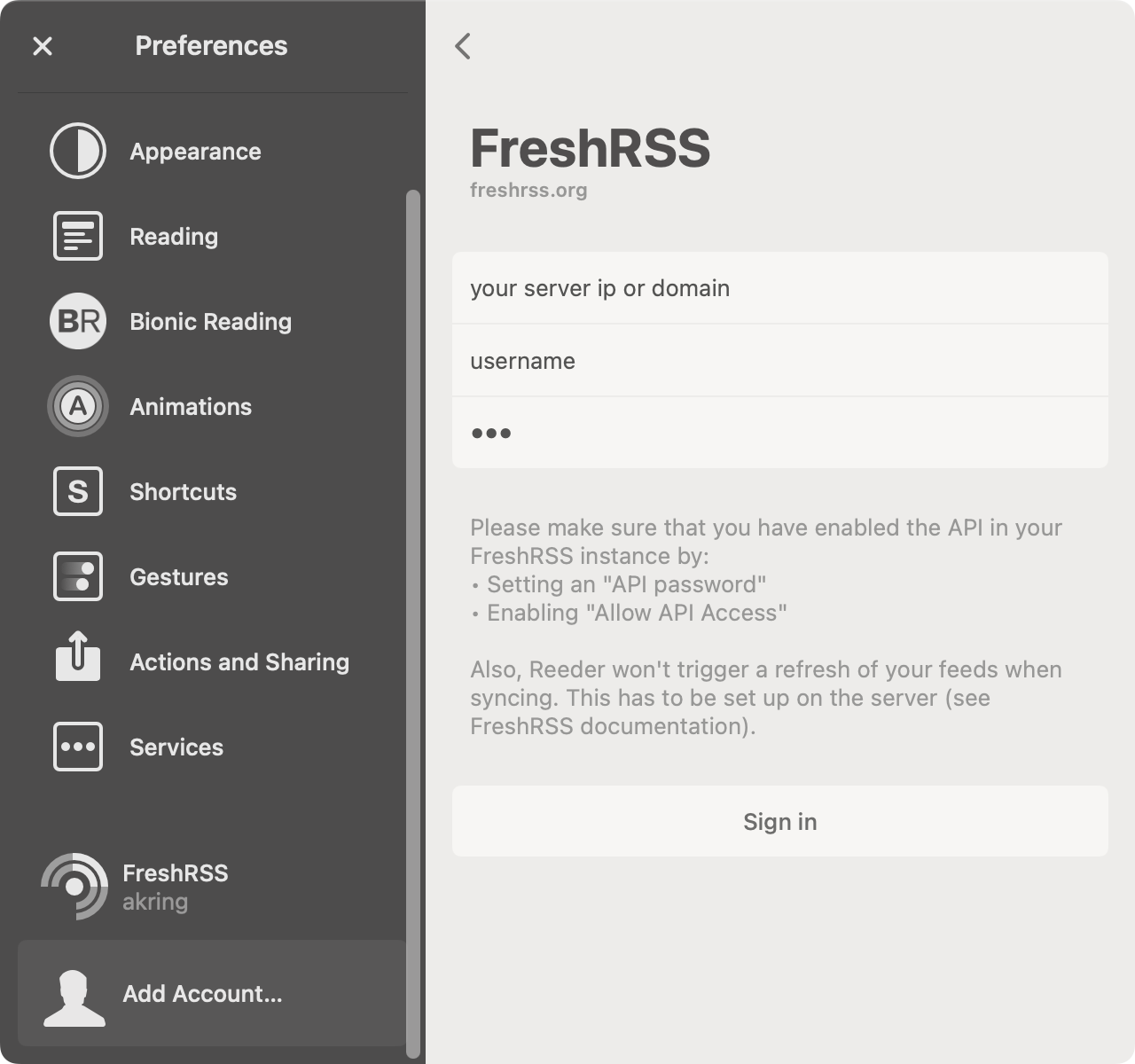How do I manage my RSS subscriptions
We may find our sources of information are dominated by the recommendation algorithms of large companies. As a classicist who has been using the internet for around 20 years, I have a deep appreciation for RSS. It gives me the greatest control over what I choose to read every day.
Moreover, I'm a fan of reading text, so short videos on platforms like TikTok just aren’t my thing (yes, I might be showing my age :D).
Today, I’d like to share how I manage my RSS subscriptions, specifically how I deploy and use FreshRSS, an open-source RSS management tool.
Why FreshRSS
The reasons for choosing FreshRSS are quite simple:
- It's open-source and free.
- Its categorization and subscription management features meet my needs.
- It supports API integration, making it convenient for me to use reader apps on my mobile devices.

Deploy
FreshRSS offers a Docker image, allowing you to deploy it anywhere you prefer. For convenience, I chose not to deploy it on my HomeLab; instead, I decided to host it on Zeabur.
Zeabur is a powerful service deployment platform that allows you to deploy a wide range of services to its nodes located around the world, whether from source code on GitHub or images from DockerHub. If you're interested, feel free to check it out using my referral link: Zeabur.
Unfortunately, Zeabur does not provide a one-click deployment template for FreshRSS, so I will be starting the deployment from the Docker image.
First of all, let's check FreshRSS docker run command:
docker run -d --restart unless-stopped --log-opt max-size=10m \
-p 8080:80 \
-e TZ=Europe/Paris \
-e 'CRON_MIN=1,31' \
-v freshrss_data:/var/www/FreshRSS/data \
-v freshrss_extensions:/var/www/FreshRSS/extensions \
--name freshrss \
freshrss/freshrssWe got the key parameters:
- port:
8080: 80 - image:
freshrss/freshrss - environment:
TZ=Europe/Paris - environment:
CRON_MIN=1,31 - volum:
freshrss_data:/var/www/FreshRSS/data
Then we can fill these parameters in Zeabur:

We are good to go.

Initializing FreshRSS
We can follow the FreshRSS setup guide to complete the initialization configuration step by step. This includes choosing the database type, creating an admin account, and setting an admin password, among other settings.

Once the setup is complete, we can add RSS feeds we need into FreshRSS.


Adding RSS Subscriptions
FreshRSS offers a feed categorization feature, allowing us to create some categories first, and then add the related RSS feeds under each category:

Connect to reader app
FreshRSS is a powerful RSS manager, but reading the content of RSS articles is not its strong suit. I usually install standalone reader apps on my devices to read the subscribed RSS articles. I will use Reeder on the macOS platform as an example to explain how to link FreshRSS to Reeder.
Let's enable Allow API access(required for mobile apps) in "Authentication" first.

Then we can set the API password in "Profile" panel:

Finally, we can integrate FreshRSS to Reeder:

Enjoy the old good days of Internet :D

